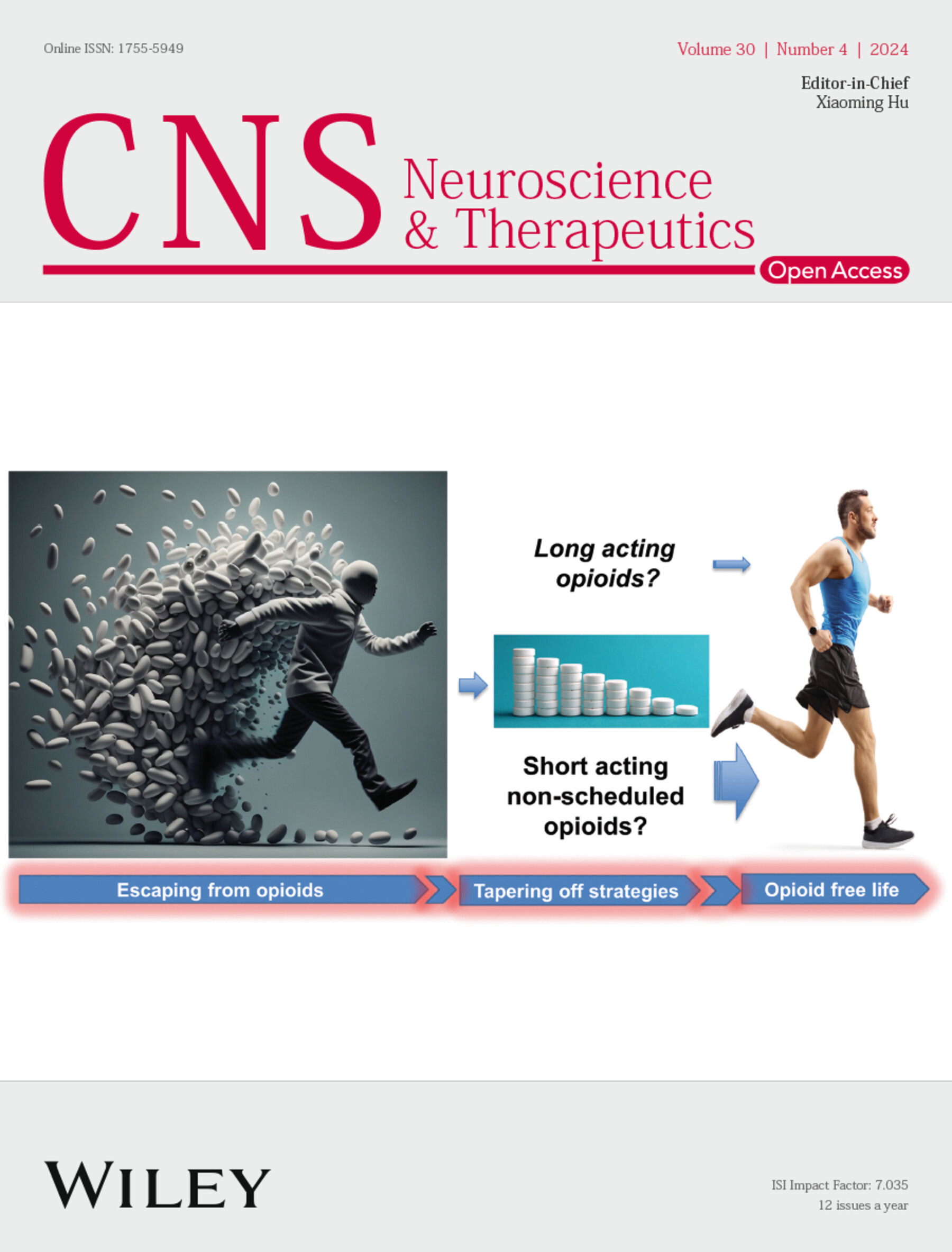Asparagine Endopeptidase Inhibition Attenuates Tissue Plasminogen Activator-Induced Brain Hemorrhagic Transformation After Ischemic Stroke
Abstract
Background
Thrombolytic treatment with tissue plasminogen activator (tPA) is one of the approved pharmacological therapies for acute ischemic stroke. However, the use of tPA is limited due to hemorrhagic transformation (HT) and the narrow therapeutic time window. Previous studies demonstrated that asparagine endopeptidase (AEP), a widely expressed pH-dependent endo-lysosomal cysteine protease, can induce neuronal death during ischemia-reperfusion injury. But whether AEP is engaged in HT during ischemia-reperfusion injury is unclear. In the current study, we expanded the role of AEP on HT after delayed tPA administration.
Methods
In order to investigate the effects of AEP on HT after delayed tPA administration following ischemic stroke, the middle cerebral artery occlusion/reperfusion (MCAO/R) was performed in wild-type (WT) and AEP knockout (KO) transgenic mice, followed by delayed administration of tPA (10 mg/kg, 3 h after occlusion). Additionally, we explored the potential of R13, a specific TrkB agonist with a strong inhibitory impact on AEP, to mitigate injury induced by tPA. 24 h after tPA administration, the following parameters were assessed: infarct volume, behavioral tests, hemorrhagic levels, Evans blue leakage, tight and adherens junction protein expression, blood–brain barrier (BBB) function, cerebral vascular structure, matrix metalloproteinases (MMPs), and BBB-regulated protein low-density lipoprotein receptor-related protein 1 (LRP-1) expression. To construct an in vitro model to examine the effects of AEP on ischemia-reperfusion injury after tPA treatment, human umbilical vein endothelial cells (HUVECs) were exposed to 4 h of oxygen–glucose deprivation (OGD), followed by treatment with tPA (500 ng/mL). 7,8-dihydroxyflavone (7,8-DHF), a natural TrkB agonist with an inhibitory effect on AEP, was applied before OGD.
Results
Compared with tPA-treated WT mice, AEP KO mice treated with tPA showed improved infarct volume, neurological function, brain edema, brain hemoglobin levels, Evans blue leakage, vascular tight junctions, and basement membrane structure combined with reduced AEP expression and activity within the peri-infarct area. In addition, the mice treated with R13 exhibited protective effects on the BBB. Furthermore, we found that the expression of MMP2, MMP9, and LRP-1 in the brain was inhibited by both AEP knockout and R13 treatment. Moreover, HUVECs treated with 7,8-DHF showed improvements in tight and adherens junction proteins and suppressed levels of MMP2, MMP9, and LRP-1.
Conclusion
Our findings demonstrate that AEP exacerbates HT induced by delayed tPA treatment in acute ischemic stroke by activating LRP-1, MMP2, and MMP9, which disrupts BBB integrity. We further confirmed R13 as a preventive therapy to attenuate HT induced by delayed tPA treatment in acute ischemic stroke. The present study suggests AEP inhibition may serve as a promising strategy to enhance the safety of delayed tPA thrombolysis for ischemic stroke.


 求助内容:
求助内容: 应助结果提醒方式:
应助结果提醒方式:


